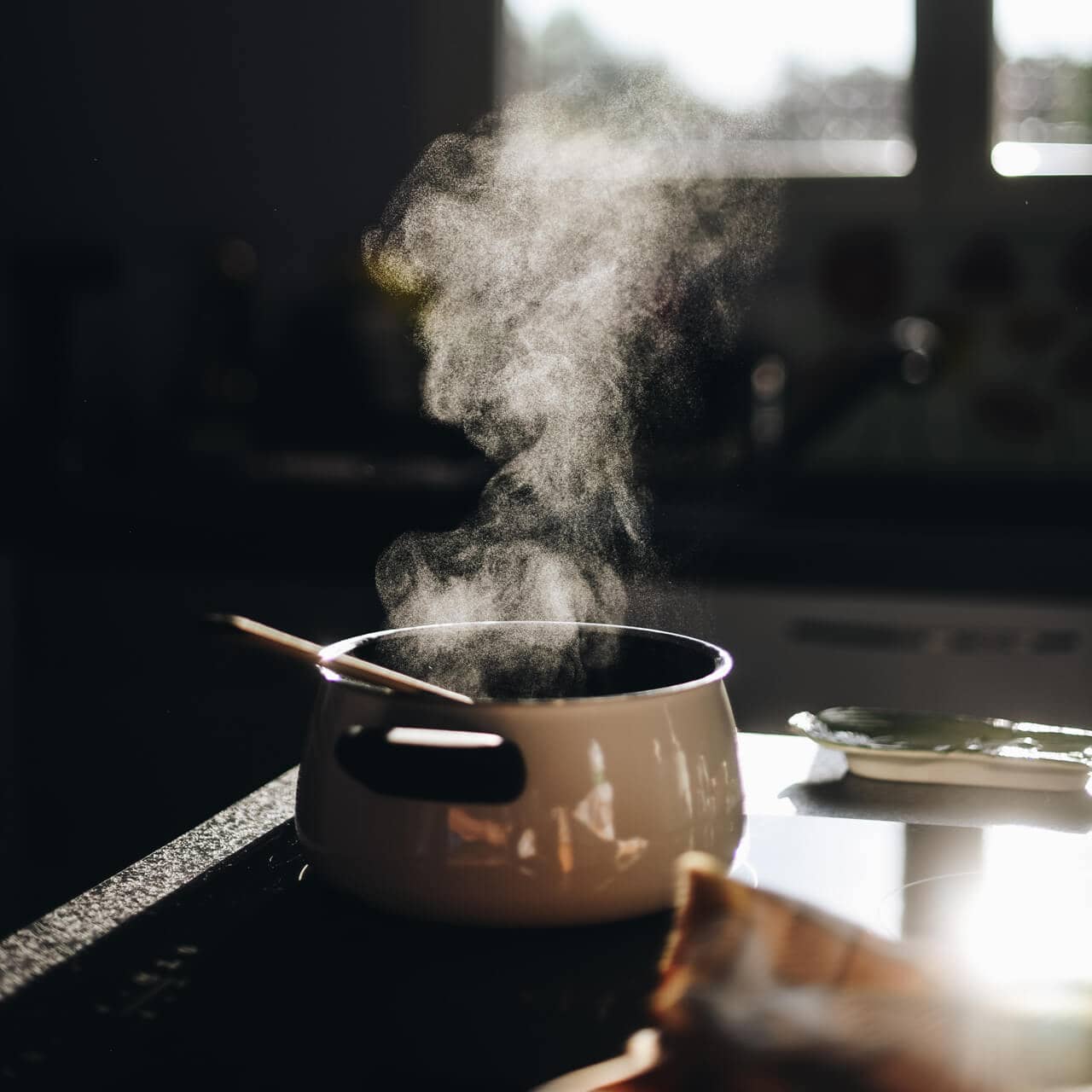- Green Lifestyle
Saving energy? No problem! Here are 5 simple tips.
Do you also catch your breath when you open your annual electricity bill?

Barbara Beiertz
The other day I received my energy bill – and I have to say: Wow… the sum was quite something. We don’t waste electricity – at least we don’t feel like we do. We also have “real” green electricity. But when I look at our consumption, all of that does not seem to matter. So, the question is:
How can I achieve my own personal energy transition?
Balcony power plant is not an option because the landlord doesn’t allow it. Insulation isn’t either (for the same reasons). We’re wearing thick sweaters and knitted socks. Windows and doors are closed. That leaves the kitchen: How can I make it greener? What are the biggest power guzzlers? And what can we do about them?
1. Saving electricity in the fridge.
They are the number one power guzzler, although energy consumption naturally depends on the appliance. Modern, environmentally friendly models with an A+++ rating are the obvious choice when buying a new appliance. But you don’t buy a new fridge all the time. So, what else can you do? It’s quite simple:
Keep the fridge door closed.
This means: Open the refrigerator door as little and as briefly as possible. That way, cold air can’t get out and warm air can’t get in. And: In the cold season, you can also store some food outside the fridge (in a kitchen that is not overheated) and don’t have to go back to the fridge for every sip of milk, for example.
Increase temperature.
There is a simple rule of thumb: If the butter (or something alike) in the fridge is a block and cannot be spread on bread, then the fridge is too cold. Who would have thought that? Level 1 or 2 is almost always sufficient, which corresponds to approx. 45°F in the fridge. Moreover, a full fridge generally uses less electricity than an empty one, because the food in it acts like ice packs. However, this is again dependent on usage (meaning: how often does the door open and close?).
Defrost regularly.
Somehow logical: A thick layer of ice not only takes up space, it also eats up electricity.
Correct placement.
If the fridge is right next to the stove or dishwasher, it needs around 30%* more electricity to cool. Makes sense, right?
2. Boil water properly.
Well, you might be thinking, that shouldn’t be too difficult. That’s right. But: Only gas and induction stoves consume similar amounts of energy as an electric kettle when boiling water. Boiling water on an electric stove consumes up to 50% more electricity than with a kettle* and if you descale it regularly, you’ll be well ahead when it comes to saving energy.
foto:
gaelle marcel on unsplash

Every pot needs its own lid.
Need to cook a quick pasta dish? If you put the lid on the pot of water, you save up to 50% energy. That quickly adds up to 260 pound of CO₂ per year and household. Not bad, right? And if you pay attention to the right size of hob and pot, you can save even more electricity. For example, if you use a pot that is about 1 inch smaller than the hob, you waste around 30% energy.* Sounds totally simple, but it works.
And here is another one of “granny’s” energy-saving tips:
3. Green dishwashing.
According to a study by the University of Bonn, Germany, washing dishes in the dishwasher saves up to 28%* more energy than washing them by hand if:
- you do not pre-rinse
- the machine is as full as possible
- you use the eco programs and not the quick wash cycles.
The nice side effect: You also only use about half the water*.
4. Optimized baking.
“Turn off the oven” is the motto. Or rather: Turn it off earlier. Use the residual heat of the oven and switch it off a few minutes earlier – before the end of the baking time. Preheating is usually not necessary. Only choux pastry or soufflés really need a preheated oven, everything else does not. This saves up to 20% energy*.
Of course, this doesn’t just apply to the oven – check out this article: “Courage to be independent: Shutting down…?”
foto:
ron lach von pexels

5. Organic food is more energy-friendly.
“What?”, you may now ask in disbelief. What does organic food have to do with saving energy? Quite a lot, albeit indirectly: Organic farming actually uses less energy than conventional farming because no chemicals are used – in other words, no artificial fertilizers, herbicides, or pesticides. And that saves electricity – up to 30%.** Which of course also applies to coffee. One more reason why organic or Demeter coffees are significantly more sustainable (and tastier too).
If you like to know more about this topic –
and how to make your coffee (organic – of course) extra green – here are a few links for you:



